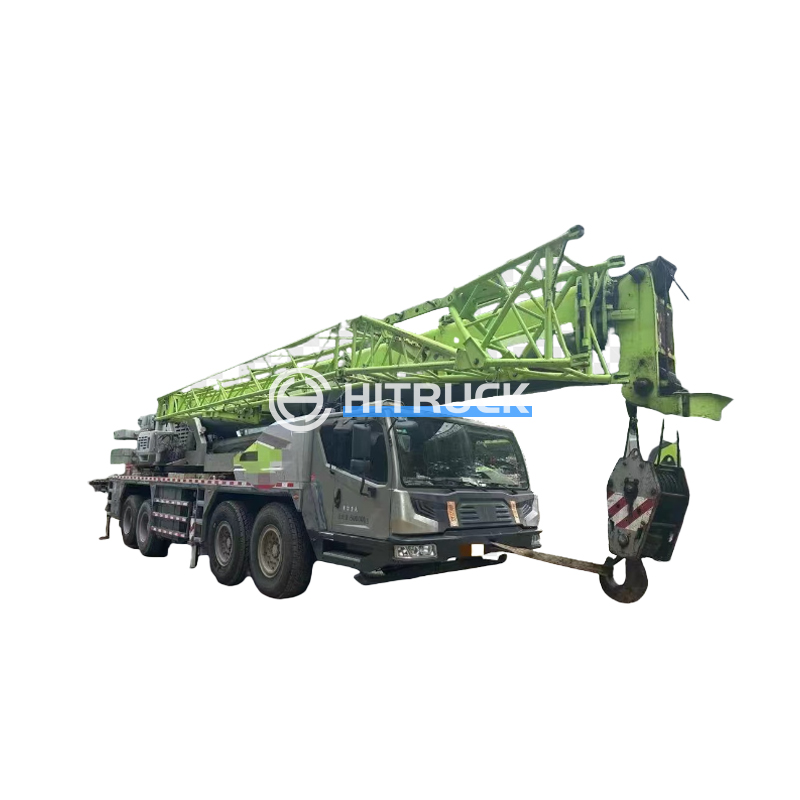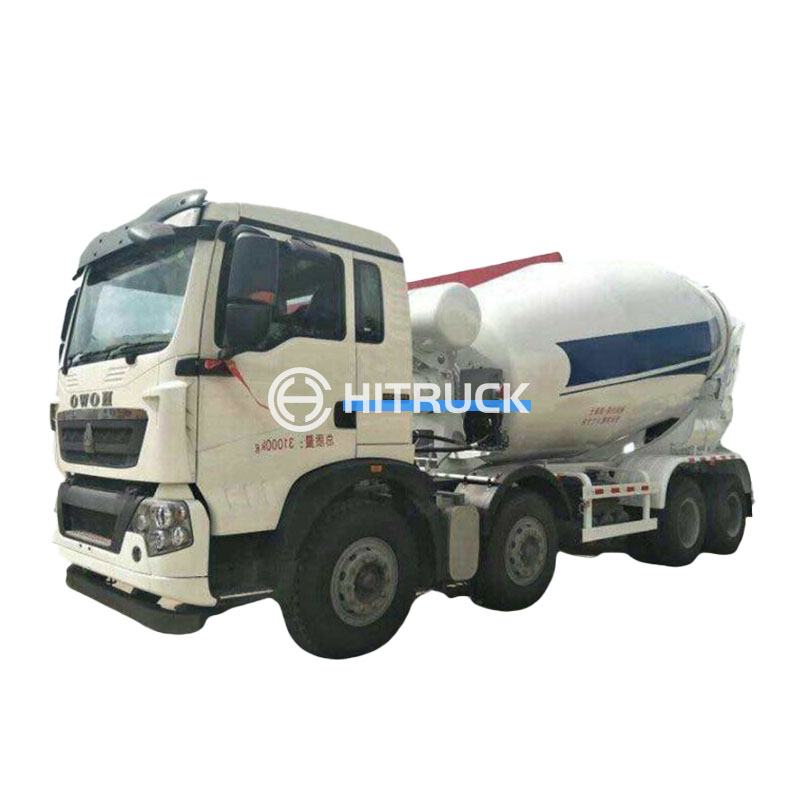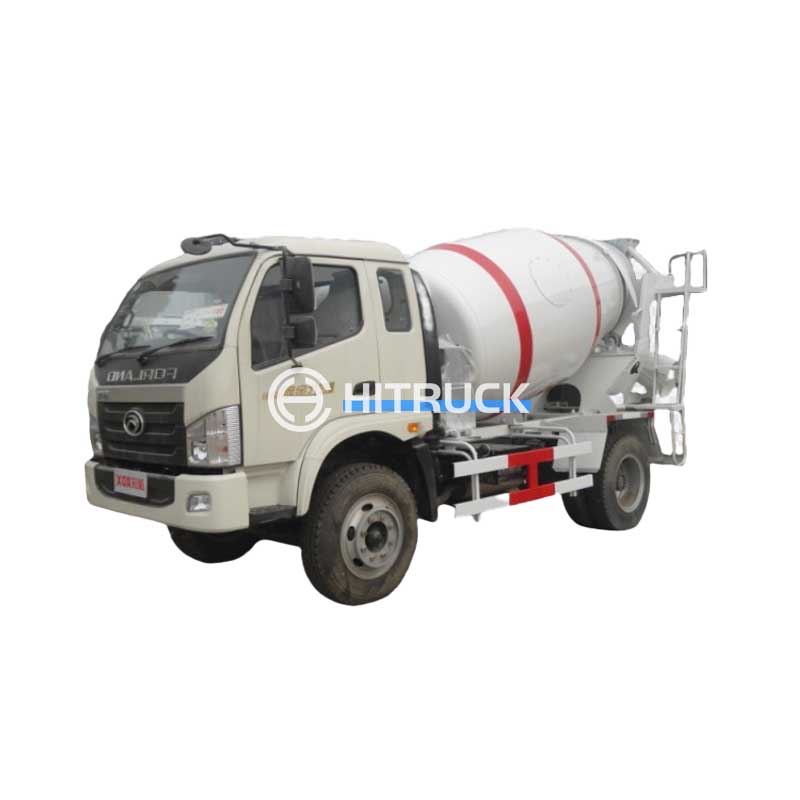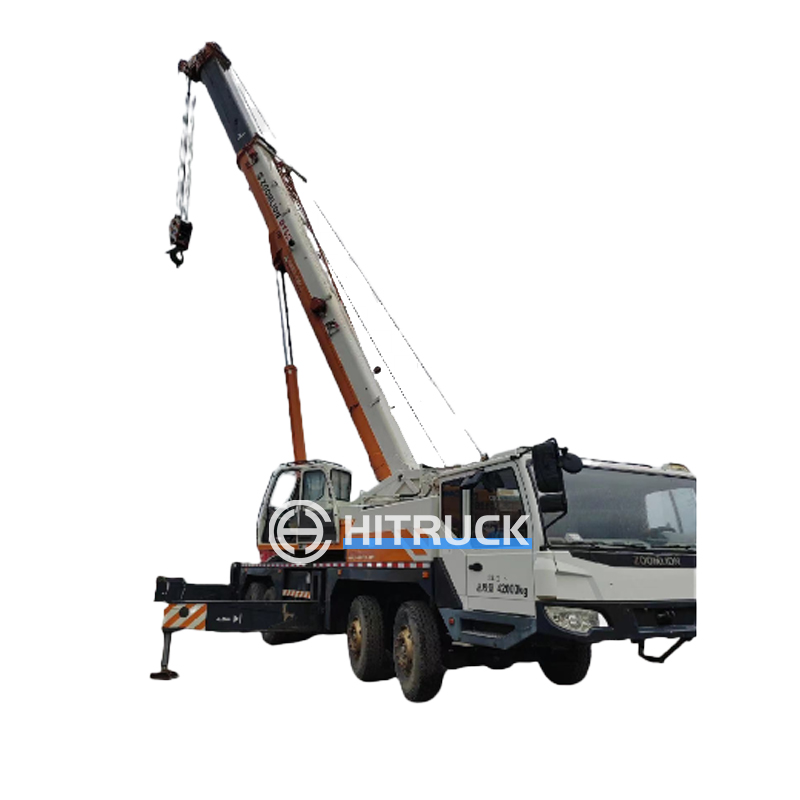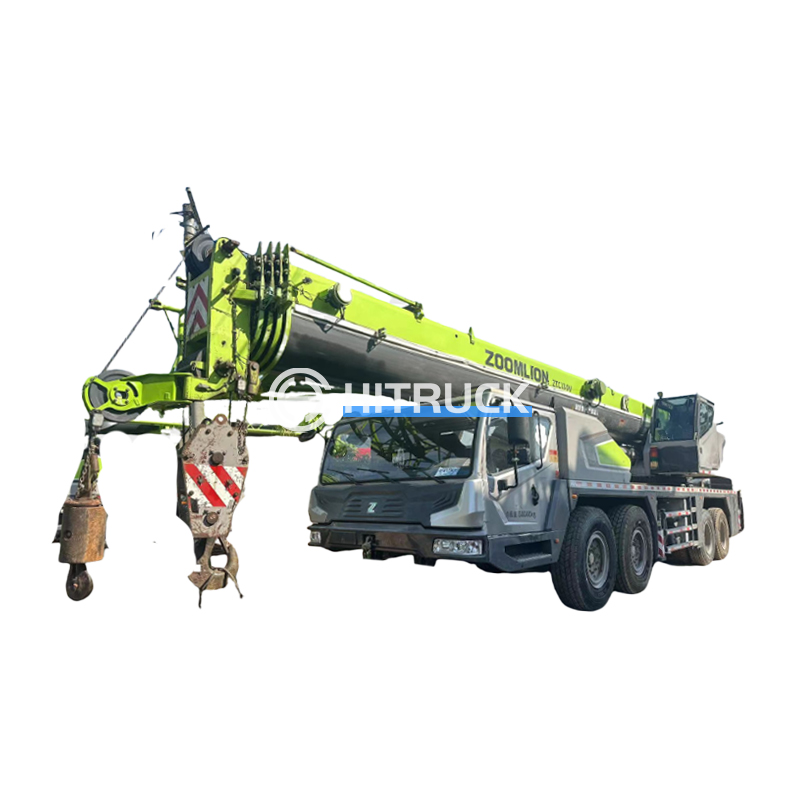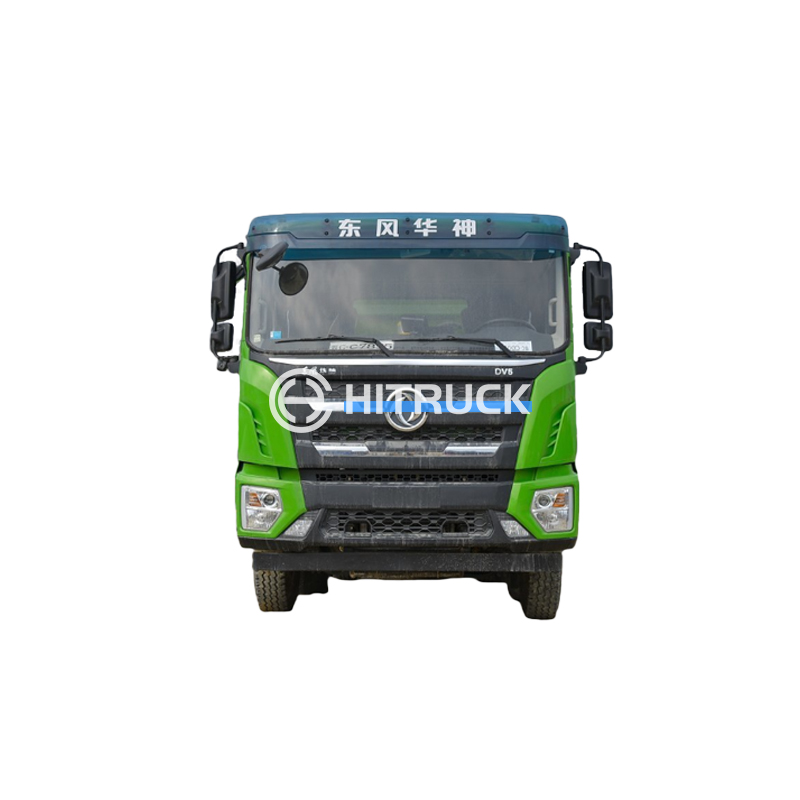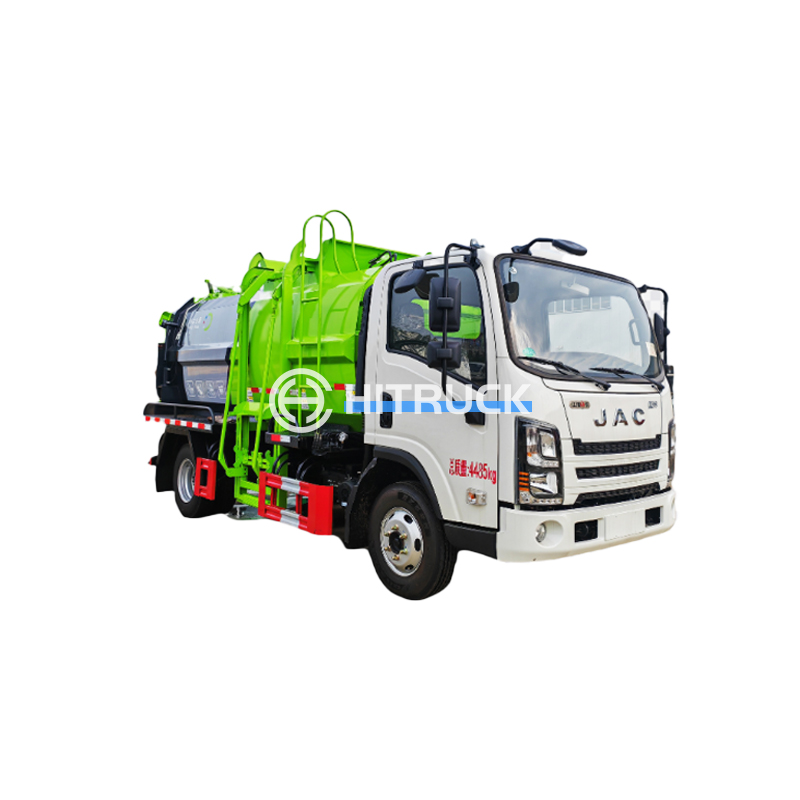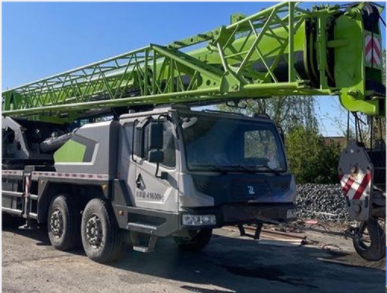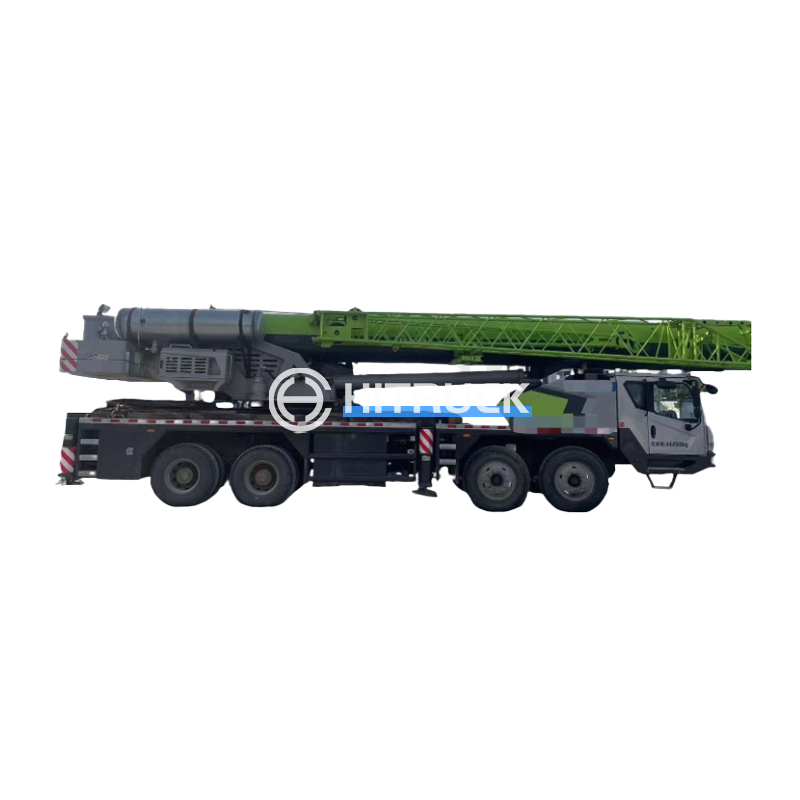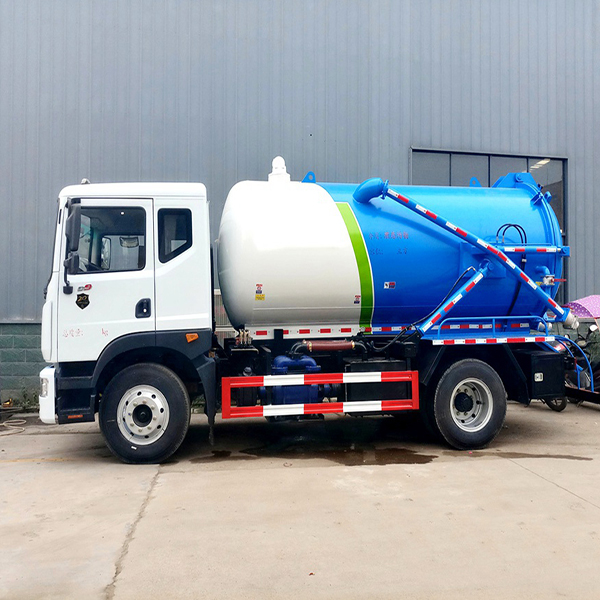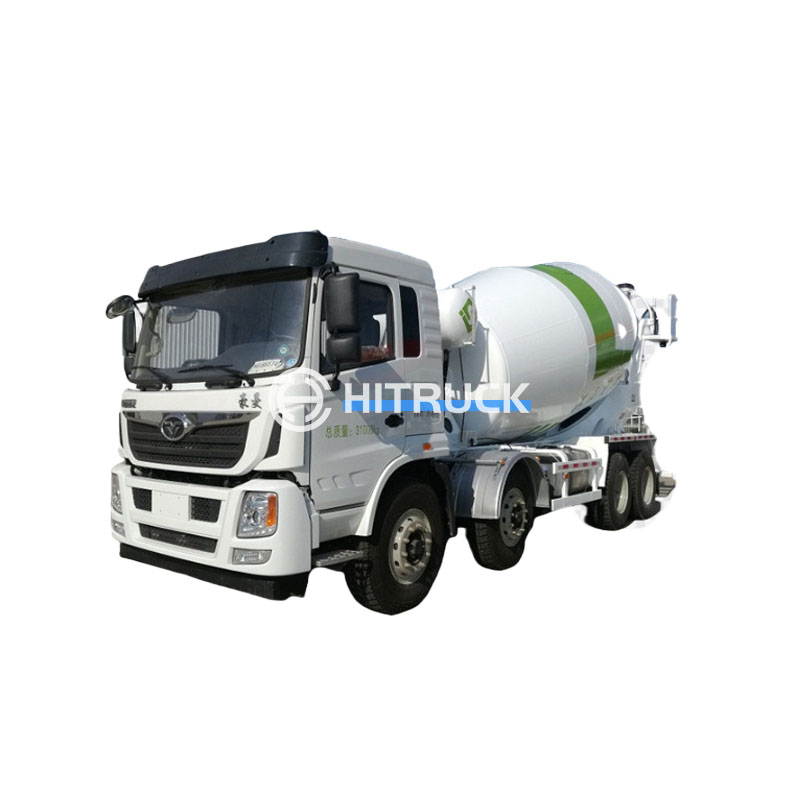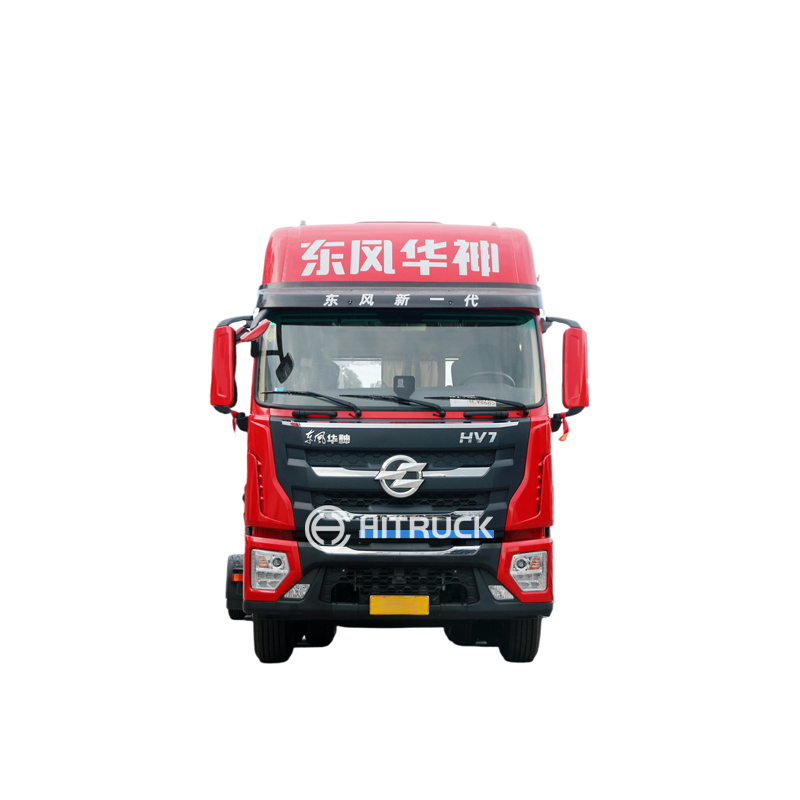This comprehensive guide explores the capabilities, considerations, and selection process for a 40 ton truck crane. We'll delve into critical factors to help you choose the best model for your specific lifting needs, covering key features, operational aspects, and maintenance considerations. Learn about different types of 40 ton truck cranes available on the market, along with safety guidelines to ensure efficient and hazard-free operations.
Hydraulic 40 ton truck cranes utilize hydraulic systems for lifting and maneuvering loads. They are known for their smooth operation, precise control, and relatively compact design. Common features include telescopic booms, multiple outrigger positions, and advanced load moment indicators (LMIs) for enhanced safety. Many manufacturers, such as Grove, Terex, and Liebherr, offer a variety of models within this category, each with its unique specifications and capabilities. Remember to always check the manufacturer's specifications for lifting capacities and safety guidelines. Choosing the right 40 ton truck crane depends heavily on the specific job requirements. Suizhou Haicang Automobile sales Co., LTD offers a diverse selection of heavy-duty trucks, including cranes.
Lattice boom 40 ton truck cranes feature a lattice-style boom construction offering increased lifting capacity and reach compared to hydraulic cranes of similar weight classes. However, these cranes typically require more setup time. Their strength and reach make them ideal for heavier and higher lifts. Models from companies like Manitowoc and Tadano often fall into this category. The choice between hydraulic and lattice boom designs depends heavily on the typical load weights and distances involved in your applications.
The primary consideration is the crane's rated lifting capacity (40 tons in this case) and its maximum reach. The actual lifting capacity can vary depending on the boom configuration and outrigger setup. Always consult the crane's load charts to determine safe operating limits for specific job requirements. Incorrect load calculations are the leading cause of accidents. Remember, always operate within the manufacturer's safety guidelines.
Different boom configurations provide varying reach and lifting capacities. Consider the typical height and distance of your lifts when selecting a boom length. Telescopic booms offer flexibility, while lattice booms provide increased capacity at greater distances.
The outrigger system is crucial for stability. Ensure the crane's outriggers provide sufficient support and stability for the intended loads and working conditions. The size and placement of the outriggers impact the crane’s lifting capacity at a given reach. Consider the terrain where you will be operating to determine suitable outrigger types and configurations.
The engine's power and efficiency affect the crane's performance and fuel consumption. Consider engine size and fuel efficiency, especially for frequent use and longer operating durations.
Regular maintenance is essential for ensuring the longevity and safety of your 40 ton truck crane. This includes scheduled inspections, lubrication, and repairs. Operator training is paramount for safe operation. Always adhere to safety regulations and guidelines provided by the manufacturer. Proper maintenance greatly reduces the chances of equipment failure, and a safe operator is a crucial element of preventative accident measures.
Selecting the appropriate 40 ton truck crane requires careful consideration of several factors. Analyzing your specific lifting requirements, considering various models from reputable manufacturers, and prioritizing safety will lead to a successful choice. Consulting with industry experts and reviewing crane specifications and load charts are important steps in the selection process.
| Feature | Hydraulic Crane | Lattice Boom Crane |
|---|---|---|
| Lifting Capacity | Typically up to 40 tons | Typically up to 40 tons (often higher for similar boom lengths) |
| Reach | Moderate | Greater |
| Setup Time | Relatively Quick | Longer |
| Maintenance | Generally less complex | More complex components |
Disclaimer: This information is for general guidance only. Always consult the manufacturer's specifications and safety guidelines before operating any crane.

